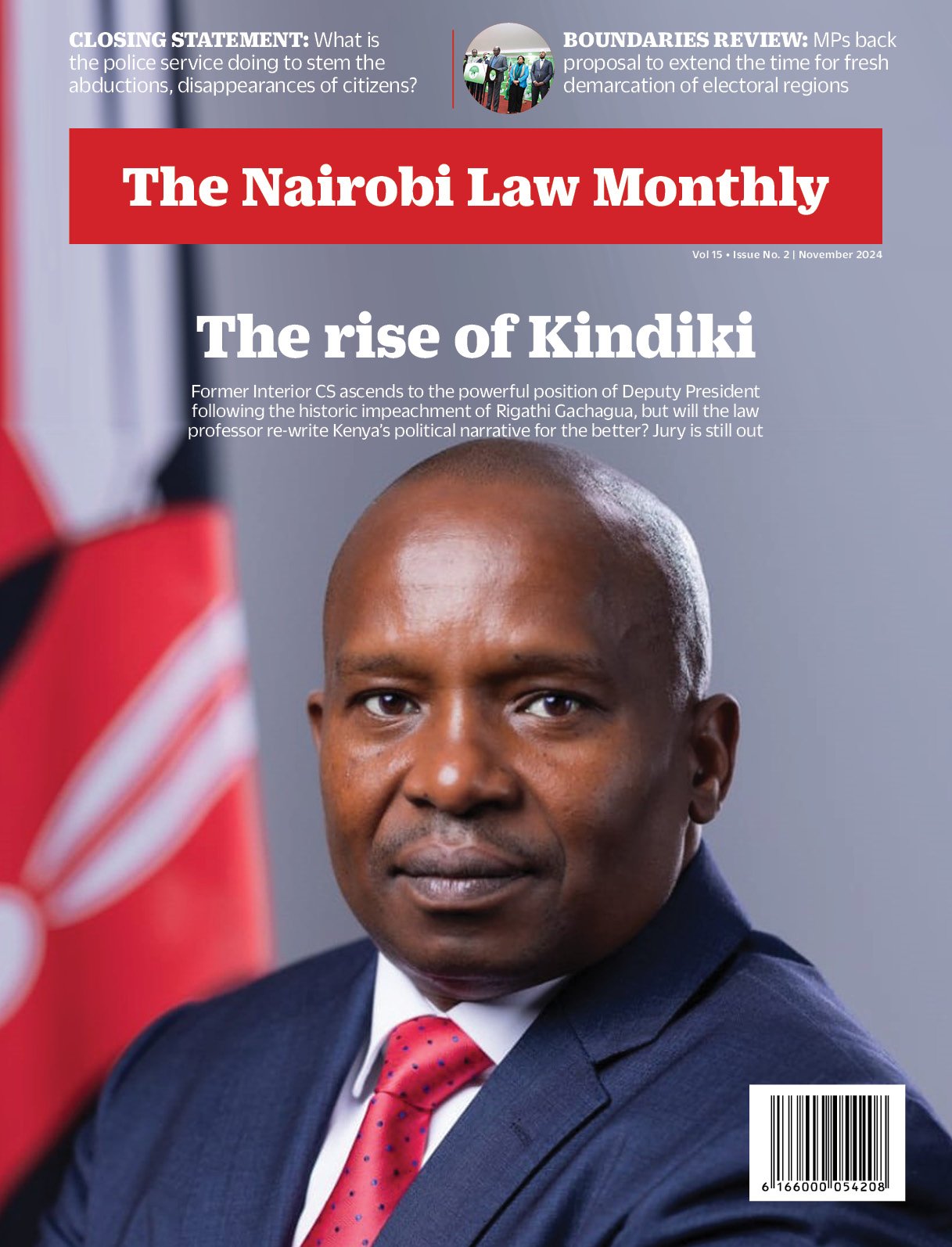Recent surges in home solar energy installations across Africa indicate that more people on the continent may have access to electricity than previously thought.
By Seth Onyango
Emerging data is shedding new light on the electricity landscape in Africa, indicating the oft-cited statistics of those without power might be considerably lower than recent figures indicated.
Fresh analysis suggests that more and more homes and businesses are being powered by off-grid solutions, a factor that was not accounted for in past estimates.
The World Energy Outlook 2023 notes a significant uptick in the number of homes and businesses turning to solar power to meet their energy needs.
“This reversion was partially offset by robust growth in solar home system sales, which provide electricity to households not connected to electric grids. Sales of these systems surged past pre-pandemic levels last year, with strong growth in West and East Africa,” the outlook states in part.
“Thanks to increased solar home systems sales, Nigeria saw its population without access continue to drop during the crisis.”
In a recent analysis, the news platform Semafor suggested that “one of the reasons that number seems to have been unchanged for some while now is that a lot of work is being done to expand access and increasingly by non-traditional grid buildouts.”
Traditional approaches to measuring electricity access have predominantly focused on the expansion of national power grids, overlooking the rise of domestic solar energy and pay-as-you-go (PAYG) solutions whose numbers are hard to capture. The sun is fast being recognised as the one universal resource for all Africans.
Solar home systems sales soared to record levels in 2022, with most imported from China. These systems accounted for half of the increase in electricity access in Africa in the same year.
The significance of solar power is further emphasized by its provision of electricity to over 8% of households in sub-Saharan Africa that have access.
According to the Africa Solar Industry Association’s (AFSIA) Africa Solar Outlook 2023 report, the commercial and industrial segment registered a year-on-year growth of 61.5% in the previous year.
In terms of major installations, some 949 MW of additional solar energy was installed across the continent in 2022, a 14% year-on-year increment from the 833 MW added to the grid in 2021.
With 284 MW, Angola had the most installations in 2022. The top five include Angola, South Africa (111.8 MW), Egypt (80 MW), Ghana (71.3 MW), and Mozambique (41.9 MW).
The report states, “Africa is now home to more than 10 GW of identified solar projects.”
However, estimates from state-run utility Eskom indicate that South Africa alone added more than 1,000 megawatts (MW) of private solar capacity in just two months in 2023, according to news platform Semafor.
The increase in solar installations to June was more than what was added in the preceding six months, highlighting not just South Africa’s but the continent’s solar power potential. The installations came on the back of increased power outages across the national grid.
“What you’re seeing in these numbers is households and the private sector taking matters into their own hands,” Wikus Kruger, director of the Power Futures Lab at the University of Cape Town told Semafor. “It’s being driven not by government policy per se, but by desperation.”
Chinese customs data reveals significant solar panel imports into South Africa, totalling over 5GW (or US$1.1 billion) since January 2022, with 3.7GW in 2023 alone
While solar installation capacity in Africa has historically been driven by a few “hot spots” such as South Africa, Morocco, and Egypt, more countries are now adopting solar initiatives.
This trend towards decentralized, non-grid solutions like solar home systems and PAYG models is revolutionising electricity access in Africa.
These methods are not only proven to be more adaptable to the diverse and often remote landscapes of the continent but also offer a more cost-effective and rapid deployment compared to traditional grid extensions.
The PAYG model, in particular, is making solar energy financially accessible to more households by allowing users to pay for their energy consumption in small, manageable instalments. Kenyan PAYG operator M-KOPA recently launched in Soweto as the company expands across Africa.
Countries like Côte d’Ivoire, Kenya, Ghana, and Senegal are nearing their targets for universal access, showcasing the potential of these innovative approaches.


